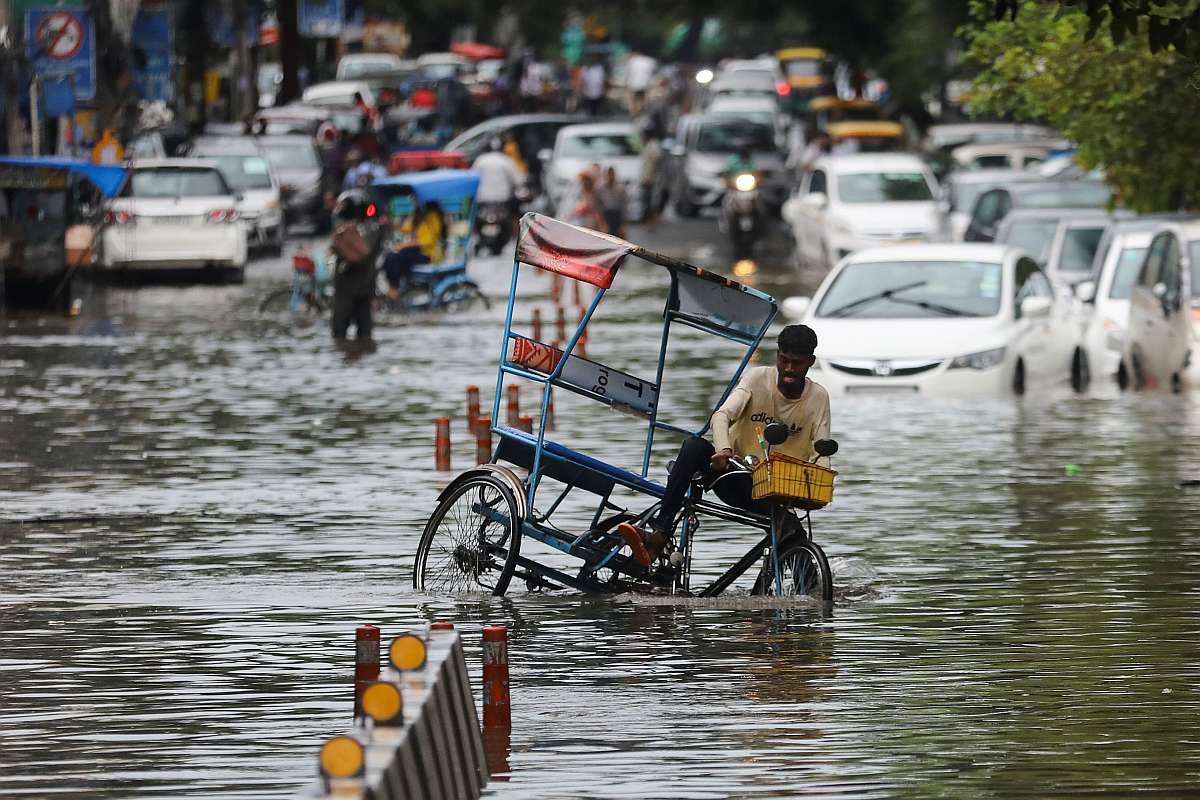During monsoon, or even otherwise, there have been innumerable times that have we stepped out of our homes without an umbrella only to find the rain surprising us. To add to our troubles, on days even the weather forecasts have been bad at predicting the chances of rain and have let us down miserably. Now, scientists at the Google-owned London lab DeepMind have developed a forecasting system based on artificial intelligence (AI) that, they claim, can tell more accurately than the existing systems if there is any likelihood of rain in the next two hours.
To develop the AI-based “nowcasting” system, scientists at DeepMind have partnered with the meteorologists working in the 24/7 operational centre at the Met Office (the UK’s national meteorology service).
The report of the study was published in the journal Nature. It says that high-resolution forecasting of rainfall up to two hours ahead, known as precipitation nowcasting, is crucial and goes on to add that four consecutive radar observations of the past 20 minutes are used as context for a generator to estimate if rainfall is expected in the next 90 minutes.
The report also states that “using statistical, economic, and cognitive measures” the system “provides improved forecast quality, forecast consistency, and forecast value, providing fast and accurate short-term predictions at lead times where existing methods struggle”.
To train and evaluate nowcasting models over the UK, the system used radar composites collected every five minutes between January 1, 2016, and December 31. 2019. The report stated that the DeepMind team’s model provided “improved forecast quality, forecast consistency, and forecast value”, and, “using a systematic evaluation by more than 50 expert meteorologists”, was accurate in 89 percent of cases against two existing rain prediction systems.
However, the report also states that there are challenges for this approach to probabilistic nowcasting. Though, through meteorologist assessment, the system proved to be good at skillful predictions compared to other solutions, “the prediction of heavy precipitation at long lead times remains difficult for all approaches”. But the scientists hope that their “work will serve as a foundation for new data, code and verification methods — as well as the greater integration of machine learning and environmental science in forecasting larger sets of environmental variables — that makes it possible to both provide competitive verification and operational utility”.
